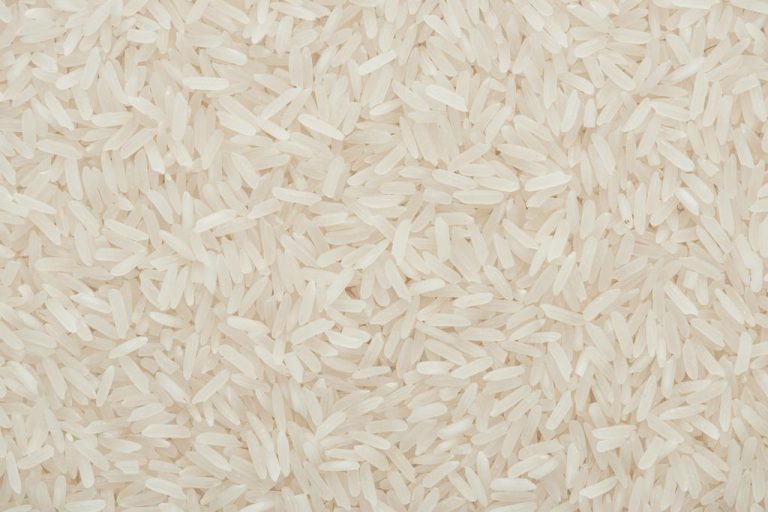Wholemeal rice contains a particularly large number of vitamins, dietary fibers and trace elements. In this article you will find out exactly what nutritional values are in whole grain rice and what you should consider when preparing it.
Parboiled rice, white rice, basmati rice, wild rice: there are many different types and varieties of rice, some of which differ greatly from one another. In this article, we take a closer look at whole grain rice, also known as brown rice or brown rice. Utopia tells you what you should know about nutritional values and cultivation and what you need to look out for when shopping and preparing.
Brown Rice: These nutritional values make it so healthy
The nutritional value of rice largely depends on how far the rice grain has been processed. For white rice, for example, the silver skin and the germ are removed. However, these parts of the grain of rice contain a particularly large number of nutrients. Wholemeal rice, on the other hand, is largely untreated: it only lacks the inedible husk. That is why brown rice is also considered to be the healthiest rice.
Since rice is a natural product and the exact nutrient content depends on the rice variety and the growing conditions, the nutritional values of whole grain rice also differ depending on the product.
In terms of calories, carbohydrates and protein, whole grain rice hardly differs from white rice. However, whole grain rice contains significantly more minerals such as potassium, magnesium and iron as well as more vitamin B1 and vitamin B3.
The carbohydrates are primarily long-chain carbohydrates, which are considered to be the healthier carbohydrates. With almost eight percent protein, brown rice is also a good source of vegetable protein.
However, there is one major shortcoming with whole grain rice: the arsenic content. The harmful semi-metal is mainly found in the husk of the rice grain, which is why whole grain rice contains significantly more arsenic than white rice. To reduce the arsenic content, you should therefore rinse and soak rice well. Reading tip: In our special article we explain everything you need to know about rice and arsenic.
Prepare whole grain rice: tips for the kitchen
As mentioned in the first section, you should wash whole grain rice thoroughly before preparing it and ideally soak it for several hours. This allows you to significantly reduce the arsenic content. You can find out the background and what you should pay attention to in our article Washing or soaking rice – does that make sense? If you want it to be extra quick, you can skip the soaking. In any case, you should wash the brown rice until the water runs clear.
You can then cook the whole grain rice in two different ways:
Add five times as much water as rice to the saucepan. With this cooking method, the arsenic content in the rice is further reduced. Due to the high water and energy consumption, this is also less environmentally friendly.
With the quick swelling method, you only add twice the amount of water to the pot.
In any case, you put the whole grain rice in the cold water, then bring it to a boil and simmer the covered rice for about twenty minutes over a low heat. Then let the brown rice soak in the saucepan for another ten minutes.

